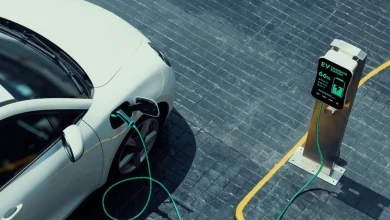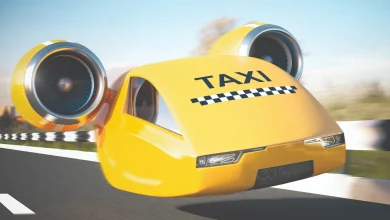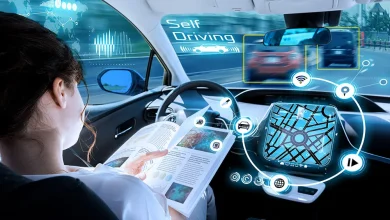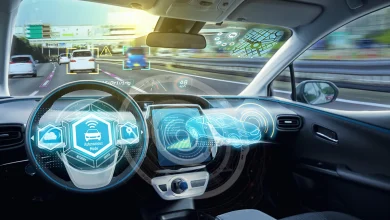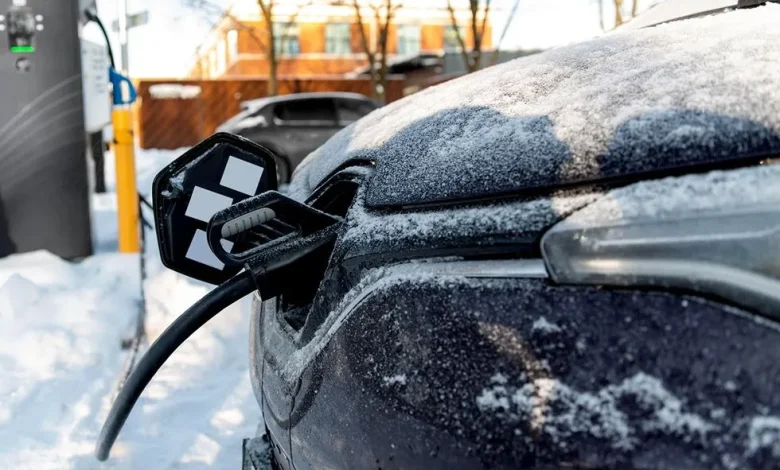
Electric Vehicles Set to Charge 5x Faster in Cold Weather
A new manufacturing trick could allow electric vehicles to charge up to 500% faster in freezing temperatures, revolutionizing cold-weather EV use.
A new study has uncovered a method that could allow electric vehicles to charge up to five times faster in freezing temperatures. Researchers at Argonne National Laboratory established that the implementation of lithium borate-carbonate coating as an ultra-thin layer on battery elements enhances low-temperature charging performance. The research finding opens up the possibility of greatly improving EV charging speed during wintertime driving.
Charging performance in low temperatures has long been one of the major pain points for electric vehicles. Cold temperatures cause batteries to function at slower speeds that harm both the driving distance and charging output. The improved battery system can be deployed without major redesign to the battery production process given its straightforward modification in manufacturing which bolsters its value for future electric vehicle manufacturing.
The Science Behind the Speed
The freezing atmosphere alters the chemical composition of batteries. Sluggish conduct of lithium ions causes batteries to work less efficiently during charging operations and this eventually results in lasting damage. Scientists have created a protective barrier which operates between the anode’s interface and the electrolyte material. The protective layer lowers resistance boundary within the battery structure while enabling improved performance of ion transport.
The novel approach depends on a coating that measures a few nanometers to deliver its remarkable performance effectiveness. The test results showed that electric vehicles could charge 500% faster in sub-zero temperatures without damaging the battery or compromising its longevity. A breakthrough in this area will help erase the past dilemma between driving speed and security during wintry conditions.
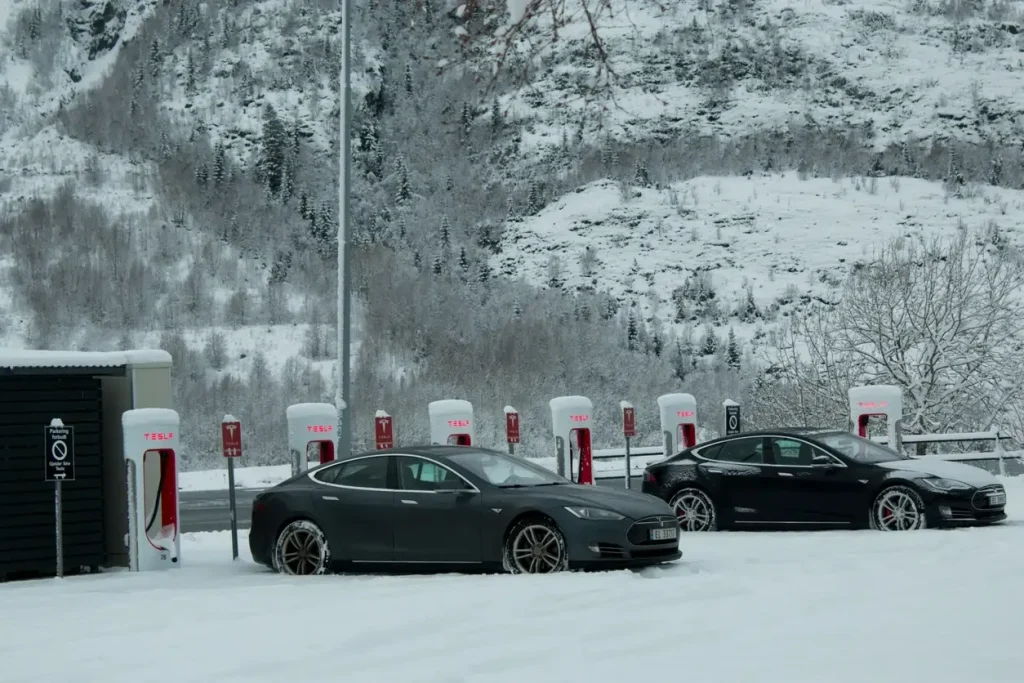
Practical Benefits for EV Drivers
Vehicle owners who reside in cold climate zones stand to experience substantial substantive changes. EV owners would experience a major improvement since they would not need to wait lengthy periods to recharge their vehicles during wintertime. With this new technology, electric vehicles can become more practical for year-round use, especially in markets like Canada, northern Europe, or parts of the U.S. where frigid winters are common.
Existing EV infrastructure does not need drastic adjustments through this proposed solution. Existing battery production lines enable automotive companies to include the coating solution. This low-cost, high-impact approach could speed up the adoption of electric vehicles by removing one of the last major hurdles for consumers: poor cold-weather performance.
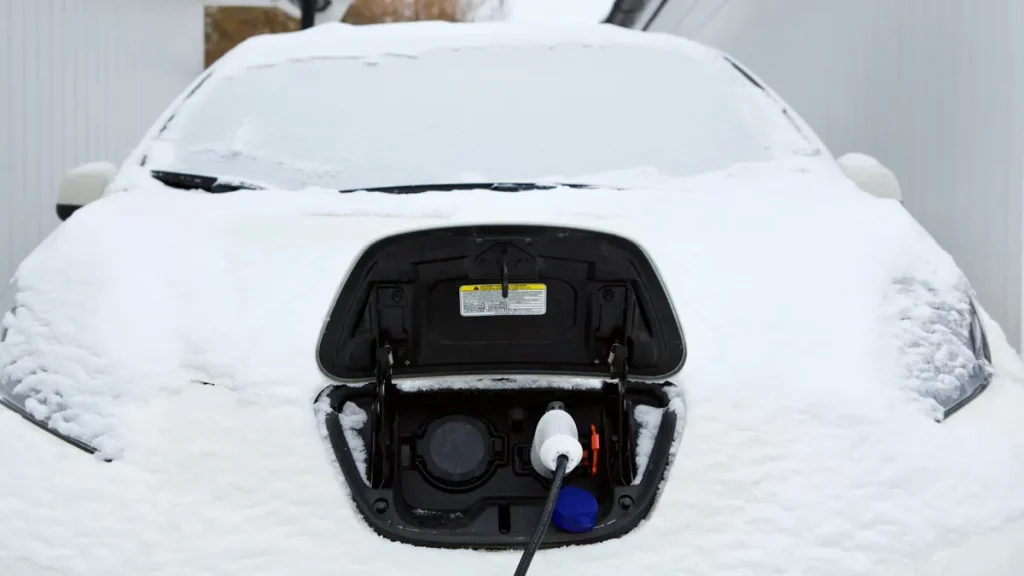
Final Thought
The study delivers consequences which reach past comfort aspects together with convenience needs. With faster winter charging, electric vehicles become more competitive with gas-powered cars in all conditions. The solution to range anxiety and charging delays which deter many potential buyers can be addressed because of this innovation.
EV technology adoption growth worldwide makes such developments vital for determining what transportation will look like in the future. The experimental nature of this coating continues to be tested by researchers who believe it might quickly gain production adoption from car manufacturers. If they do, electric vehicles may soon be as fast to charge in the cold as they are in warm weather—bringing us one step closer to a reliable all-electric future.
